"After the 2025 bleaching: A Reef in Crisis" - Check our blog for more information and subscribe for project updates, news and events!
Coral Bleaching in Mauritius: A Call for Action
3/20/20254 min read
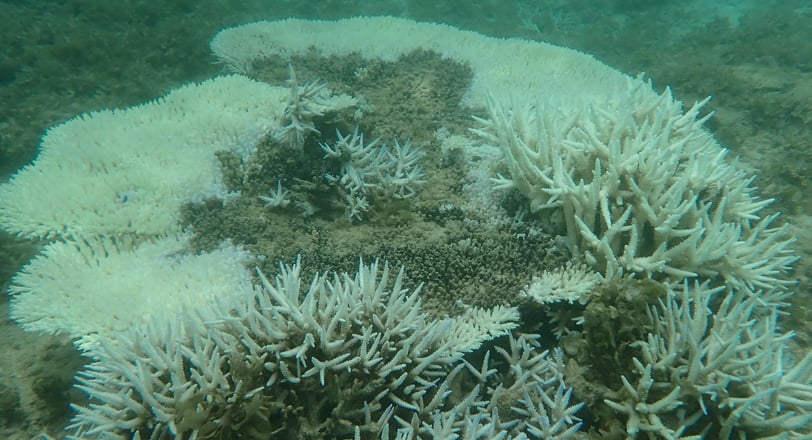

Coral reefs are among the most diverse and vital ecosystems on the planet, supporting marine life and coastal communities alike. However, climate change and rising ocean temperatures are pushing these fragile ecosystems to the brink. CGC recently conducted a survey within its VMCA of St. Felix, Mauritius, to assess the severity of an ongoing coral bleaching event. The findings are alarming, with more than 80% of corals in the VMCA and surrounding lagoon exhibiting partial or complete bleaching.
What is Coral Bleaching? - Coral bleaching occurs when corals experience environmental stress, primarily due to elevated sea temperatures. Under normal conditions, corals have a symbiotic relationship with microscopic algae called zooxanthellae, which provide them with nutrients and vibrant coloration. When ocean temperatures rise beyond a tolerable threshold, corals expel these algae, losing their color and becoming highly vulnerable to disease and mortality.
The current situation in Mauritius - On 19 March 2025, CGC conducted a field survey and documented widespread bleaching among multiple coral species. Some of the most affected corals include Acropora muricata (branching corals), Acropora cytherea (tabular corals), Pocillopora, Montipora, and Galaxea species. Encouragingly, some coral species, such as Porites and Pavona, have shown resilience, with minimal bleaching observed. As of now, no direct coral mortality has been recorded, but severe bleaching poses a significant risk to the long-term health of these reefs.
Environmental factors driving bleaching - Temperature loggers deployed at multiple locations within the VMCA recorded an average temperature of 30.2 ± 0.5°C over the past week, exceeding the seasonal average of 29°C. Prolonged exposure to such high temperatures is the primary driver of bleaching, alongside other stressors such as increased UV radiation and potential water quality degradation.
Impact on CGC’s Coral Nurseries and Restoration Sites - CGC’s ongoing restoration efforts have also been affected by this bleaching event. In both nurseries and spider frame coral gardens, a similar pattern of bleaching has been observed, with branching and tabular Acroporids the most affected. However, no coral mortality has been observed within these sites, offering hope for recovery if conditions improve.
Coral Bleaching: A global crisis - The current bleaching event in Mauritius aligns with global coral reef degradation trends. The National Oceanic and Atmospheric Administration (NOAA) recently confirmed that the world is experiencing its fourth global coral bleaching event, affecting reefs in multiple regions. Rising sea temperatures linked to climate change remain the dominant factor in these widespread bleaching occurrences.
What can be done? - While large-scale coral bleaching is driven by climate change, local conservation actions can help mitigate its effects. CGC is committed to continue monitoring and implement research to track coral health in the VMCA. CGC will also continue its active reef restoration through coral gardening and transplantation efforts, by concurrently implementing community engagement and education to promote sustainable practices that reduce human impact on reefs.
How can you help? - Coral reefs are essential to marine biodiversity, tourism, and coastal protection. Here’s how you can contribute to their conservation:
Reduce your carbon footprint by adopting sustainable habits such as using renewable energy, minimizing plastic waste, and supporting eco-friendly businesses.
Support marine conservation initiatives by volunteering or donating to organizations like CGC.
Promote responsible tourism by avoiding activities that damage reefs, such as anchoring on corals or using harmful sunscreens.
The coral bleaching event in Mauritius serves as a stark reminder of the urgent need for climate action and conservation efforts. CGC remains committed to protecting and restoring coral reefs through science-based initiatives and community involvement. We will continue to monitor the situation and share updates on our website and social media platforms.
Stay informed, take action, and help us safeguard the future of our oceans. Follow CGC for more updates and ways to get involved in marine conservation.
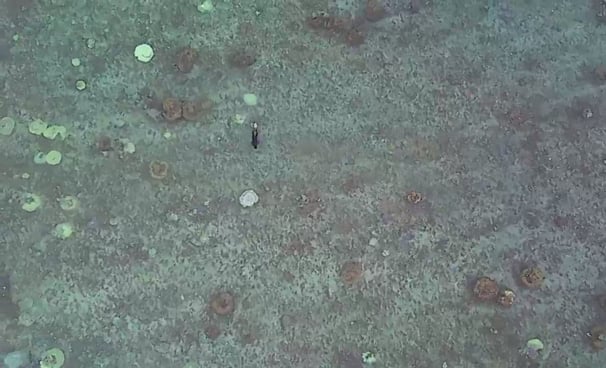

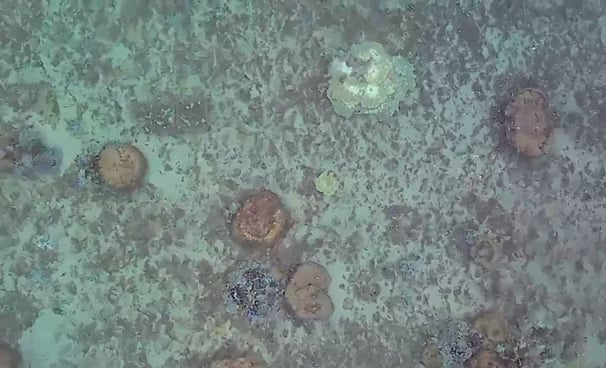

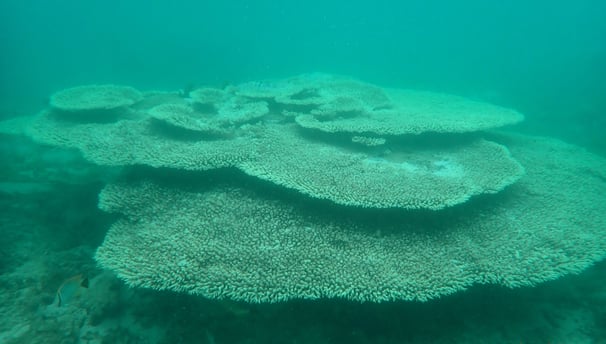

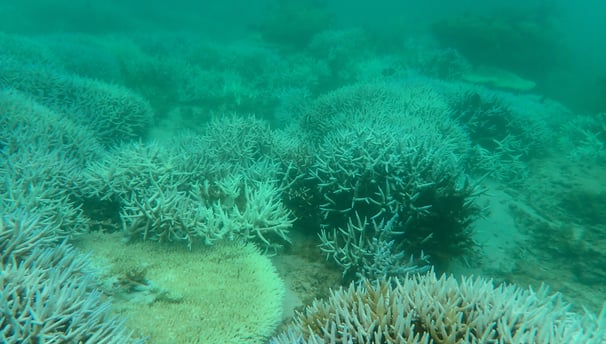

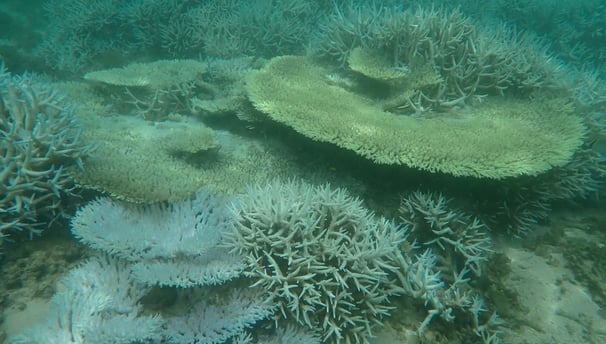

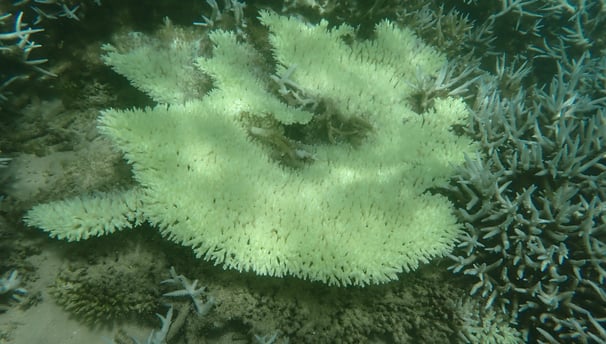

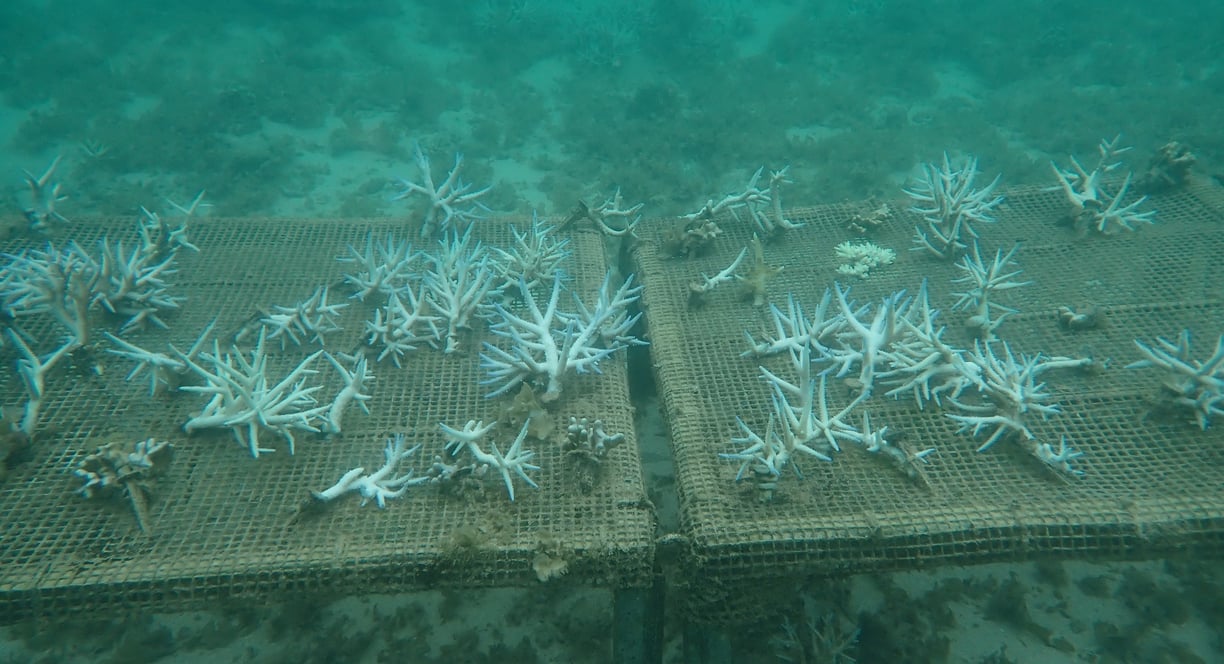

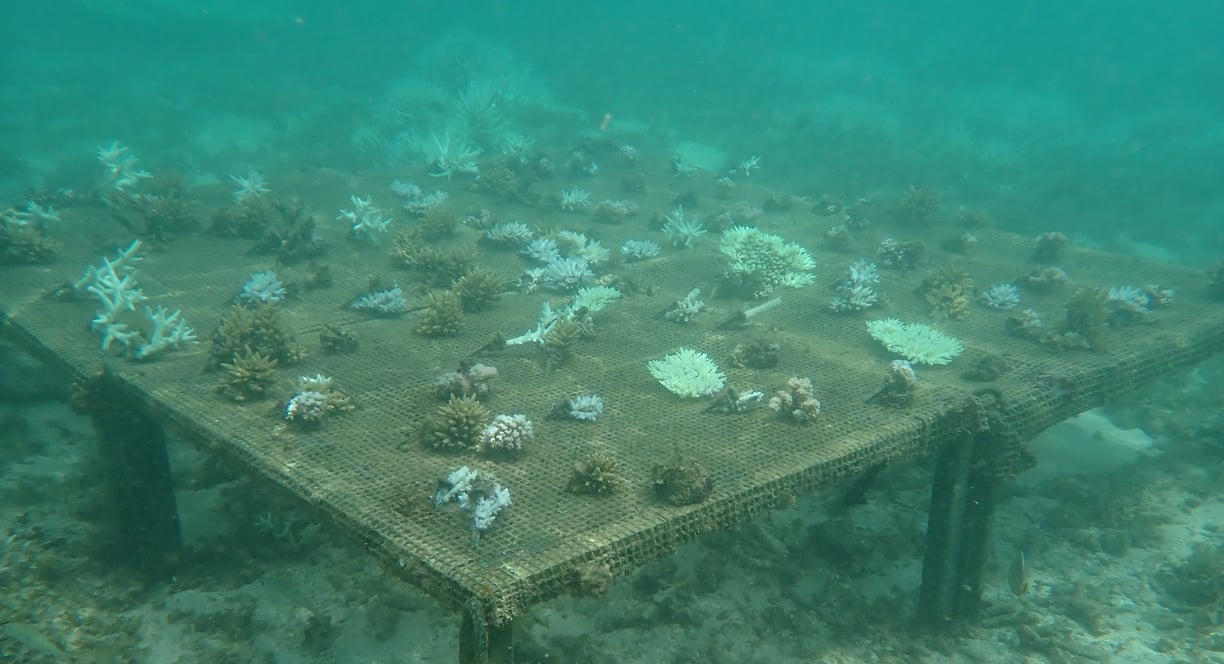

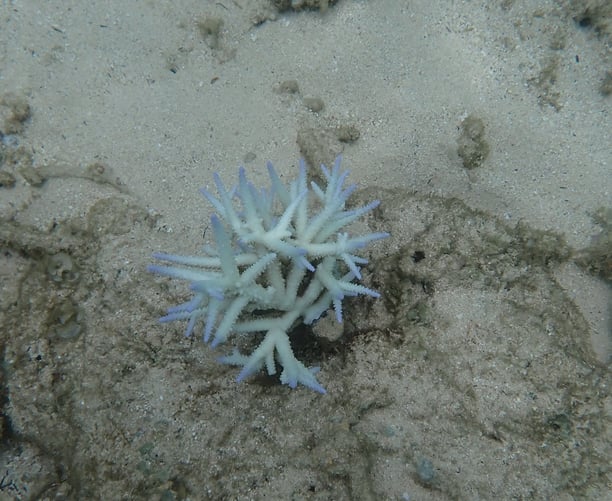

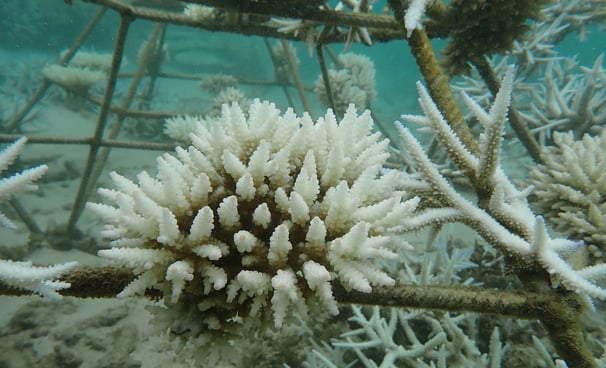

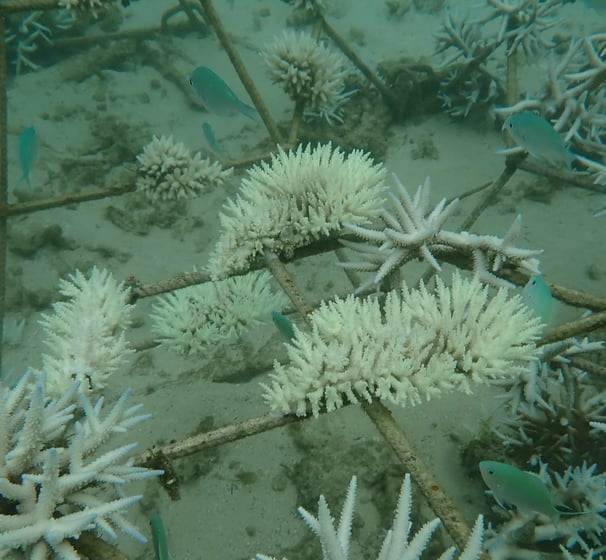

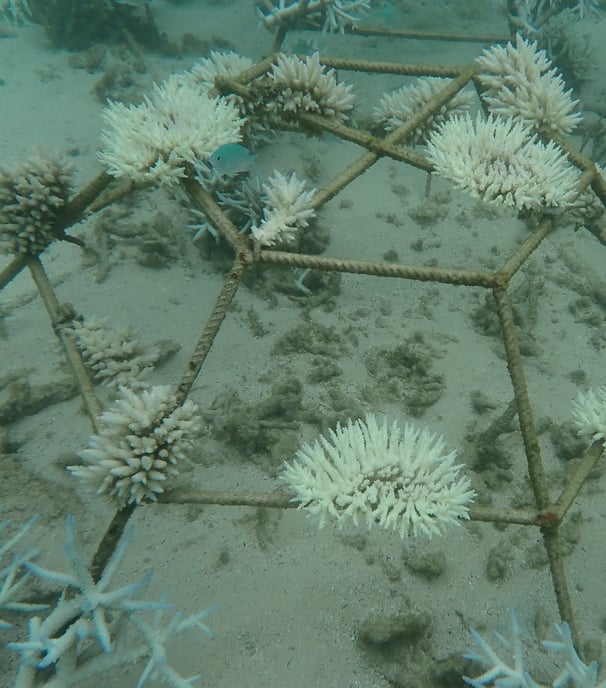

Coral Garden Conservation
CGC © 2024 | All Rights Reserved | Disclaimer
Powered by Eco Marine Consultants Ltd
